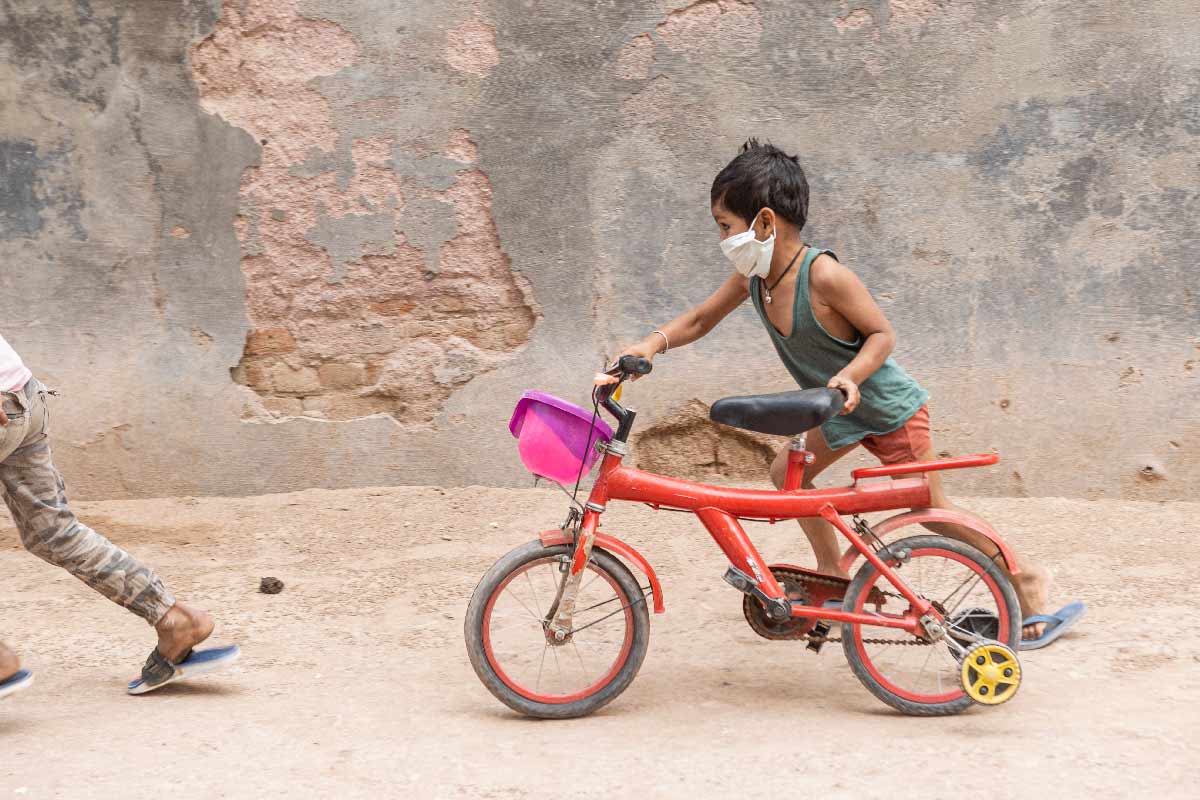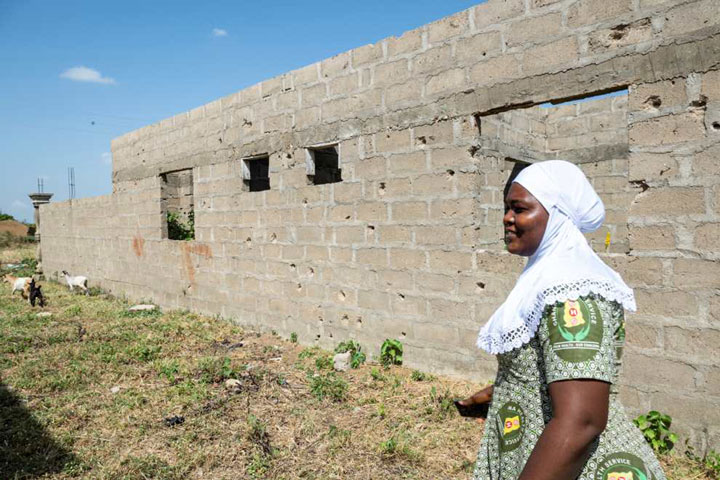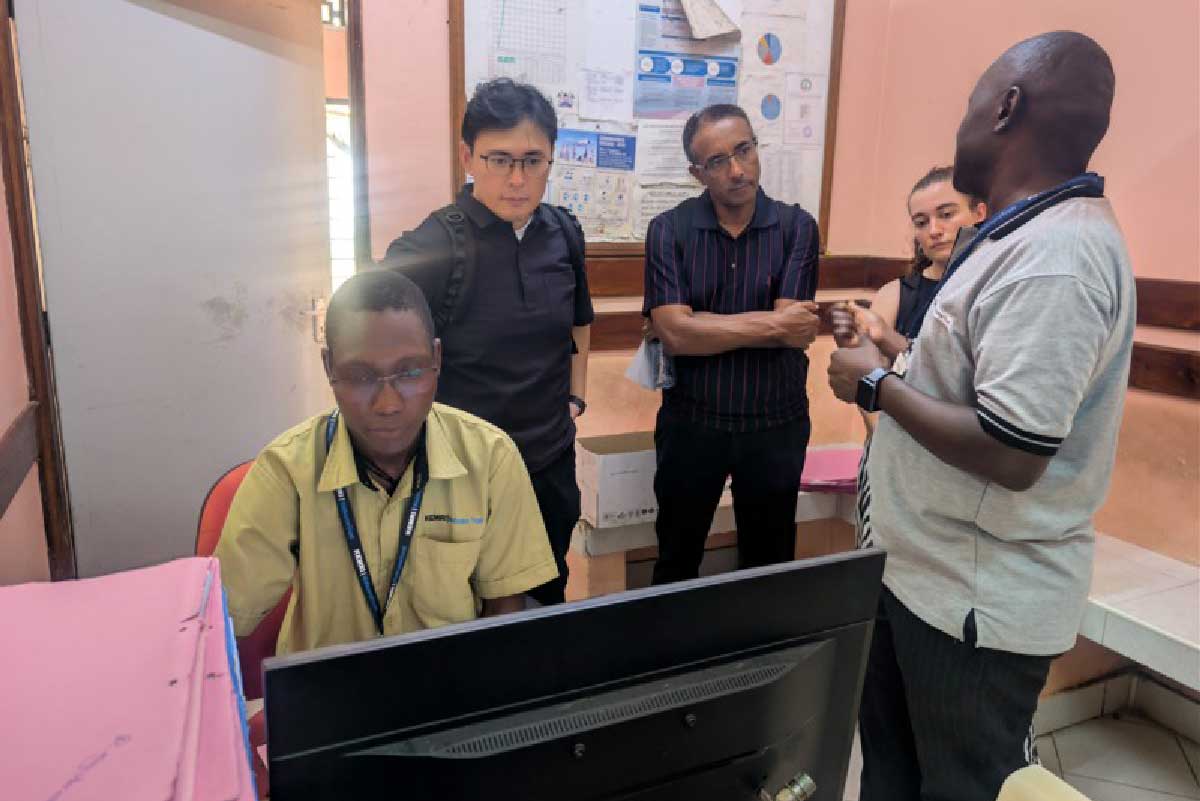Q fever is widespread in Kenyan cattle-keeping communities. Few know what it is.
The bacterial zoonosis can kill humans in severe cases. But in Kajiado county, community awareness of the disease is low, and testing capacity at the local level is non-existent.
- 26 June 2025
- 7 min read
- by Dominic Kirui
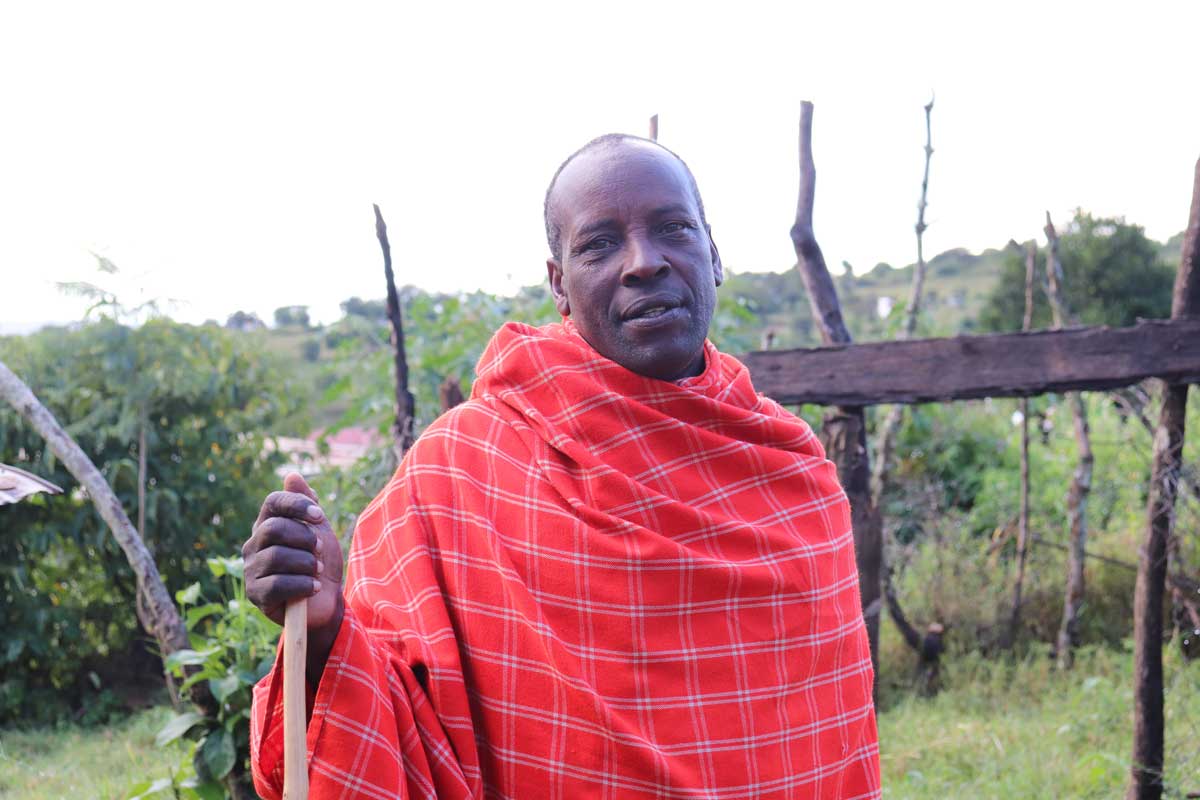
As the evening rain subsides over the lush green plains of Enkorika in Kenya’s Kajiado County, Christine Njoki fetches a jug from her house and heads to the cowshed to milk the last remaining cow, the sole survivor of a brutal recent drought.
As Njoki’s practised hands work the cow’s udder, she rests her head against the animal’s hip – perhaps to stabilise herself, perhaps for stamina.
It’s an age-old image. It’s also not without risk: it’s through this kind of contact with domesticated animals, as well as through the consumption of their products, that scientists say the zoonotic sickness known as Query fever, or Q fever, infects humans.
That’s something few people in Kenya know: researcher Esther Lemarkoko, who has studied Q fever in this part of the country, says that awareness of the disease is at approximately 0%. But Njoki knows. That’s because three years ago, she was diagnosed with the disease.
Q who?
Q fever is caused by the bacterium Coxiella burnetii, which can be shed into bodily fluids and the air by infected animals: sheep, goats, and cattle are the most common reservoirs, but pets, reptiles, ticks and birds have also been found to shed the pathogen. When humans come into direct contact with sick animals’ contaminated milk, urine, faeces, blood, or seminal fluids, or inhale the shed bacteria from the air, infection can take root. The consequences of that happening vary widely. Sickness can be concentrated in one part of the body – for instance, the lungs – or go systemic. It has been known to cause life-threatening health problems ranging from interstitial pneumonia to hepatitis, aneurysms and endocarditis.
First identified in 1935 in Australia, Q fever has since been identified in every country worldwide with the exception of New Zealand. Kenya’s first case was recorded in 1952, in Nairobi. Since then, sporadic outbreaks have cropped up, with patients ranging from Rift Valley villagers to safari travellers. Those confirmed cases were likely the tip of the iceberg: a 2013 seroprevalence survey of sera collected from feverish patients at a rural clinic in western Kenya found 30.9% were positive for C. burnetii.
“I was in pain all over my body”
Unsurprisingly, people who work closely with animals are most likely to be infected. Among the Maasai, a predominantly pastoralist community, women are at particular risk, since traditional gender roles assign women the lion’s share of both the milking and calving work.
“In our everyday life as raised by a very strict Maasai father, it is our responsibility to take care of the goats especially and ensure they are okay while milking them, and also the cows. Here, it’s the woman’s job to ensure they give birth well, and the children, also the whole family, can have milk within its homestead. We assist the animals to give birth as well,” Njoki explains.
It’s hard to say when exactly she was exposed to the bacterium, but in 2022, Njoki discovered she was infected after she was recruited to be among a group of people at a rural hospital whose blood samples were taken for a research study on Q fever in Kajiado County, carried out by the county government in collaboration with the University of Nairobi and Colorado State University in the United States.
Njoki said she had gone to the hospital complaining of joint pain, headaches, chest pain, muscle aches and general body fatigue.
“I was in pain all over my body, and when I went to the hospital, I was checked and told to go to the lab so they could draw my blood for tests. Afterwards, I was given some tablets that I took for some time, and I felt better,” she says.
About 50% of people who are infected with Coxiella burnetii get sick. Illness typically develops two to three weeks after being exposed to the bacteria. Signs and symptoms of Q fever may include fever, chills or sweats, fatigue (tiredness), headache, muscle aches, nausea, vomiting, or diarrhoea, chest pain, weight loss and cough. These symptoms can be mild or severe.
Njoki’s brother, Thaku Kimaasi, also had his blood samples drawn and taken for testing, and was likewise confirmed as being infected. Though his symptoms subsided after medication, he has recently started feeling them again. “When I went to the hospital, I was told that the test kits were finished and that I have to wait until they are restocked in two days,” he says.
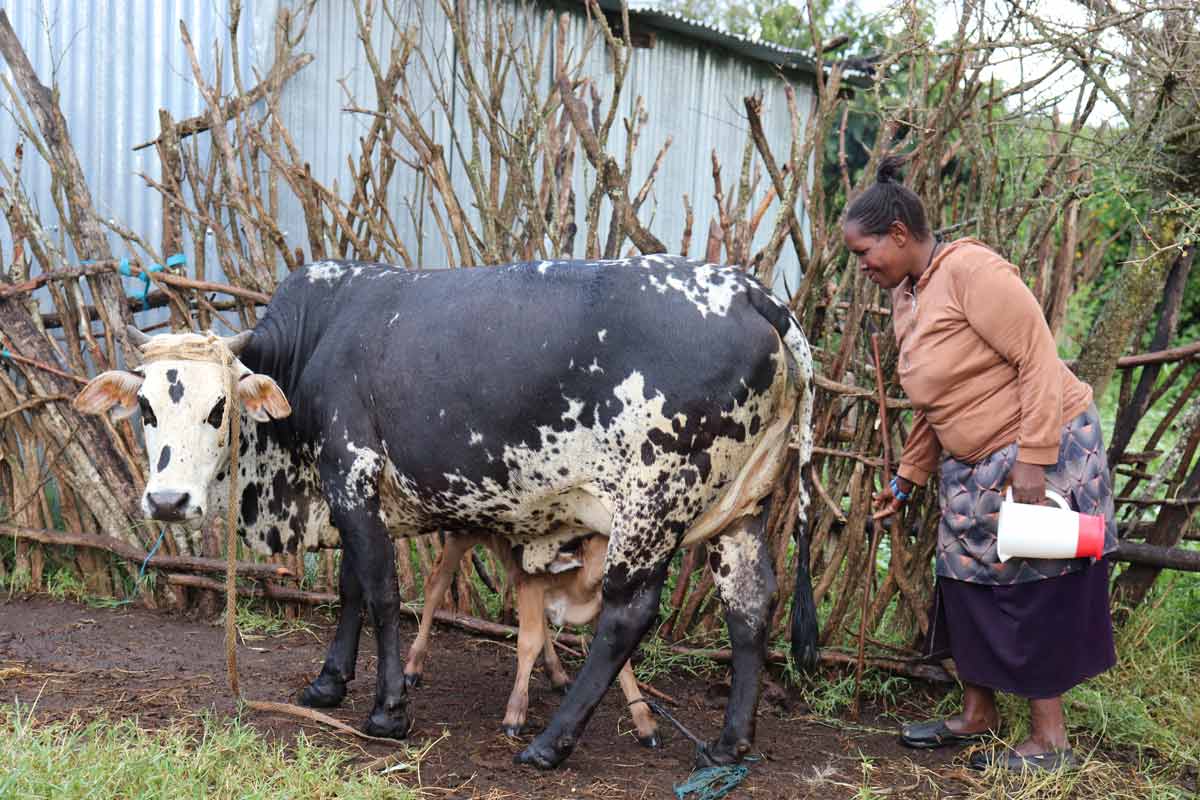
More accessible diagnostics needed
Purity Muinde, a lab technologist at Enkorika Health Centre, notes that while her facility has the capacity to test for brucella, another zoonotic bacterium that can cause similar symptoms in humans, they do not have diagnostics for Q fever. The latter infection could only be confirmed when samples were sent away to the University of Nairobi.
Aggrey Keya, the lead technologist at the Kajiado County Health Department, says that from the 1,020 samples collected from six health centres across the county, 60% tested positive for Q fever. For most human Q fever patients, antibiotic treatment does the job. But the lack of easily-available and affordable diagnostics at local level makes it difficult to reliably get the appropriate therapy to all infected people.
Prevention is tricky too. A vaccine against Q fever has existed since 1989, but is approved only in Australia, where it is recommended for farm workers in certain higher-exposure sectors.
Hellen Larabi, a project officer at Amref Health Africa, says that the gap in funding for reagents is a huge blow to lab diagnosis and community awareness. “There's more [Q fever] than meets the eye, we need more support to do testing across pastoral communities in Kenya.
“Real-time findings and turnaround information dissemination are key through risk communication and community engagement (RCCE),” she adds.
Have you read?
Widespread pathogen
Esther Lemarkoko, the County Laboratory Coordinator, has just earned her Master of Science in Microbiology at Mount Kenya University, majoring in zoonotic diseases under a One Health approach.
She has conducted research looking into the burden of Q fever in the area. “In my study, I was looking for acute and chronic disease cases. And I found that there were a lot of acute cases – we had a prevalence positivity rate of 27%. For chronic cases, I was looking for acquired antibodies, where the disease has stayed in the body for some time. And, almost half, at 49% of the participants, were either exposed, or were at the chronic stage of the disease,” she says.
To Lemarkoko, the fact that so many people appear to be affected by the pathogen without their knowledge is a point of concern. She recommends that the health system start testing for the disease, in order to strategise a better route to its management.
“When Q fever goes to chronic stage, especially among patients with heart disease, it becomes almost untreatable. Treatment will go up to 18 months, and will need hard drugs; and fatality here is almost 80–90%. It’s also known to cause still births, premature births and miscarriages among pregnant women; it has very negative outcome for them,” she adds.
Lemarkoko continues to say that during her study, she found a “zero percent knowledge” of the disease among survey participants.
“And again, for healthcare workers, many of these people had been coming to the hospitals for the same treatment with the same symptoms, meaning that nobody thought of Q fever in any way. It is not even known to the healthcare workers. So we have a lot of work in advocacy,” she said.
In her study, Lemarkoko recommends that there should be more and more tests carried out at the lowest level to survey the disease.
“My recommendation was to major in testing. If we can do the testing at our level using the equipment that is resident in our facilities, then it means this is something that can be done. We just need to put more emphasis on advocacy to let us tell the world and the country that we have a disease called Q fever,” she said.
